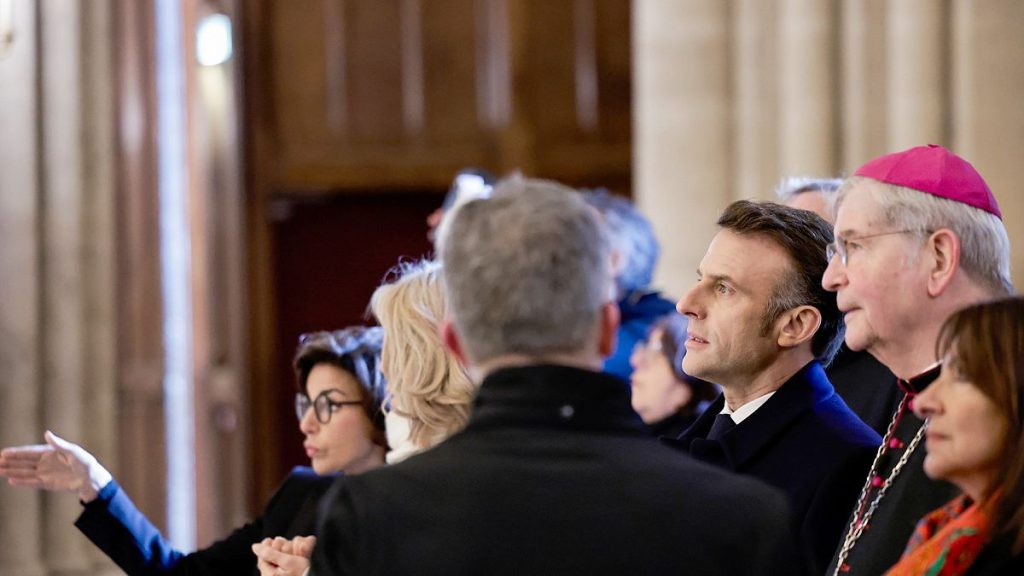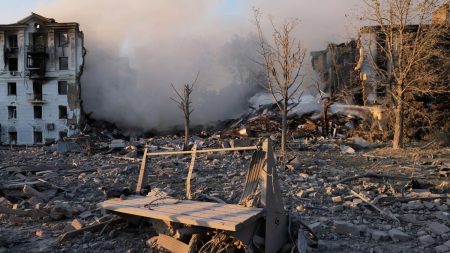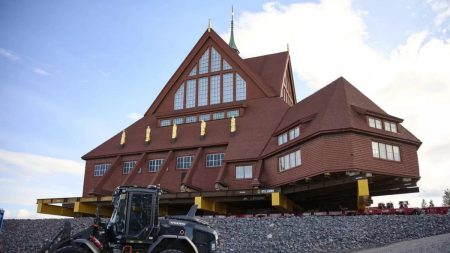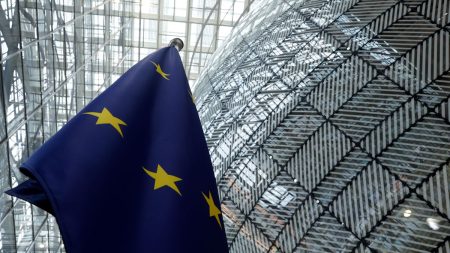On December 8, one of Paris’ most iconic landmarks, the Notre Dame Cathedral, is set to reopen to the public after suffering extensive damage from a fire over five years ago. This highly anticipated reopening comes after a long and arduous restoration process, which included the unveiling of the cathedral’s newly restored interior in a ceremony attended by prominent figures such as French President Emmanuel Macron, his wife Brigitte, Paris Archbishop Laurent Ulrich, and Mayor Anne Hidalgo. While the interior has been revealed, the exterior of the cathedral remains covered in construction equipment, including cranes and scaffolding, signifying that work continues on the outer structure.
The devastating fire on April 15, 2019, had a profound impact, as Notre Dame was a significant cultural and architectural gem, attracting millions of visitors annually. The blaze led to the cathedral’s closure, with only a select group of architects and skilled artisans allowed access for reconstruction efforts. The restoration project uniquely integrated both modern and ancient craftsmanship, bringing in techniques reminiscent of the medieval times when the cathedral was originally built. This approach sought to preserve the authenticity of the structure, ensuring that its historical value would remain intact.
Restorers faced substantial challenges, especially regarding the iconic roof framework, which was famously known as “the forest” due to the density and complexity of its oak beams. Approximately 2,000 ancient oak trees were sacrificed to recreate this intricate framework using the same traditional techniques as those employed during the cathedral’s initial construction. Each beam was meticulously crafted by hand, reflecting the commitment to authenticity and the respect for Notre Dame’s architectural heritage.
President Macron’s visit served as a sneak preview ahead of the cathedral’s public reopening, generating excitement and anticipation within the community. His involvement in the ceremony and the upcoming events highlights the significance of the cathedral in French culture and its solid connection to national identity. Macron is scheduled to return on December 7 for the consecration of a new altar, emphasizing the religious importance of the site, and will also deliver a speech during a subsequent Mass on December 8, which marks a new chapter in the life of this historic monument.
As the reopening date approaches, it signifies much more than the resumption of public access to a historic site; it represents a beacon of hope and resilience following a period of mourning for the lost beauty and history that the fire inflicted. The restoration efforts symbolize the collective spirit of the people of France, as well as the global community’s appreciation for Notre Dame as a masterpiece of Gothic architecture. This long-awaited moment is poised to not only revive tourism but also reignite the emotional connection many have with this monumental landmark.
The gradual restoration and reopening of Notre Dame will also play a crucial role in reconnecting the local community with their heritage. As visitors return to admire the rebuilt interior, they will be reminded of the cathedral’s storied past and its significance in the cultural consciousness of France and beyond. The reconstruction serves as a testament to the enduring nature of human creativity and determination, inspiring future generations to appreciate and protect historical monuments. The events leading up to December 8 will undoubtedly enhance the cathedral’s status as a symbol of perseverance, unity, and the enduring allure of history and architecture.














